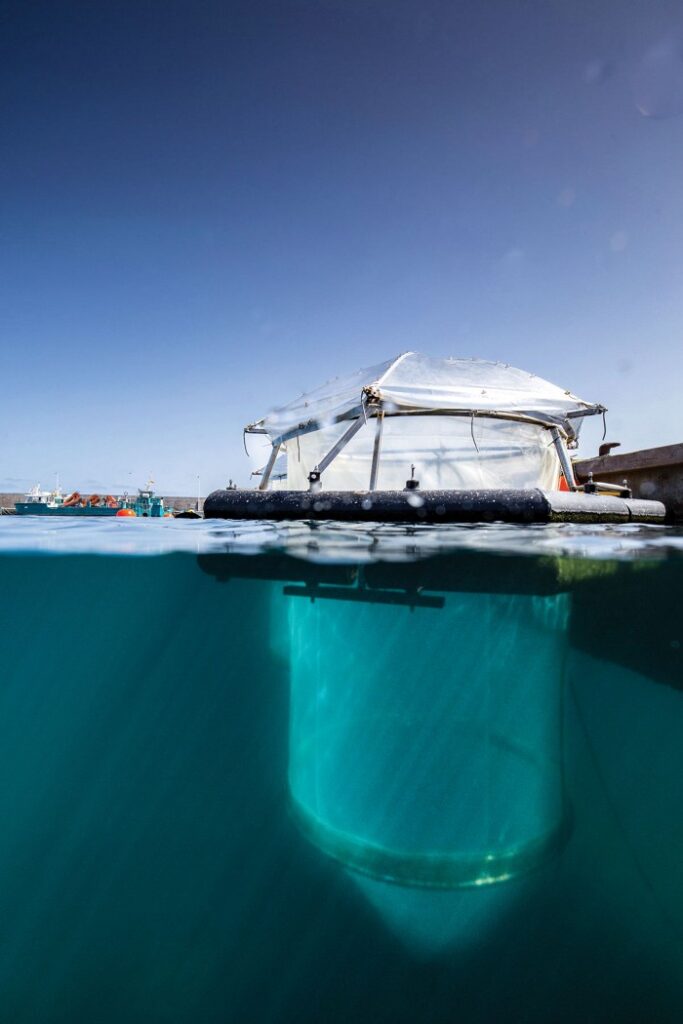Exploring the Potential of Oceans in Carbon Dioxide Removal
The vast oceans have been a cornerstone of Earth’s carbon cycle, absorbing carbon dioxide (CO2) for millions of years through their unique chemistry. As scientists seek innovative methods to combat climate change, oceans present a promising avenue for carbon dioxide removal (CDR). However, experts emphasize the need for extensive research before implementing large-scale interventions.
Emerging Interest in Ocean-Based Carbon Solutions
Marine biogeochemist Kai Shulz of Southern Cross University recalls a time when he was skeptical about the idea of engineering oceans for enhanced CO2 absorption. “I thought it would be kind of ridiculous to have a billion-dollar industry that is emitting CO2 and then create another billion-dollar industry that takes the CO2 out of the atmosphere,” he says. Yet, increasing greenhouse gas emissions and rising global temperatures have prompted a reevaluation. The Intergovernmental Panel on Climate Change (IPCC) suggests emission reductions alone won’t suffice; atmospheric CO2 removal is also necessary to stabilize the climate.
Understanding Ocean Carbonate Chemistry
Oceans are significant carbon sinks, absorbing over a quarter of human-emitted CO2 annually (Earth Syst. Sci. Data 2022, DOI: 10.5194/essd-14-4811-2022). This process relies on carbonate chemistry, where CO2 dissolves in seawater, forming carbonic acid that dissociates into bicarbonate and carbonate ions. The gradual increase in water alkalinity, naturally balanced by dissolving minerals, allows more CO2 to be absorbed.
Challenges in Measuring Ocean Alkalinity Enhancement (OAE)
Monitoring CO2 removal post-OAE is complex. “You have to wait months for the water to potentially equilibrate with the atmosphere,” explains David Ho from the University of Hawaii. Modeling helps predict changes over larger areas, yet Ho warns that deploying OAE technologies prematurely, given ongoing high emissions, might be futile. Still, private investments drive both decarbonization and CDR research.
Testing OAE in Controlled Environments
Researchers at the Geomar Helmholtz Center for Ocean Research Kiel conduct OAE experiments using mesocosms—large containers simulating natural conditions. These controlled studies assess the impact of alkalinity changes on plankton, vital to marine food webs. Initial findings suggest that high alkalinity may delay plankton blooms, an effect requiring further investigation.
Field Trials and Global Coordination
Field trials like the one off Tasmania’s coast, led by Lennart Bach of the University of Tasmania, test the effects of particle-based OAE on ecosystems. Meanwhile, projects such as LOC-NESS in Massachusetts explore liquid alkalinity applications. Despite environmental concerns, these studies aim to assess the real-world efficacy and safety of ocean-based CDR methods.
Building Scientific Consensus
The nonprofit Carbon to Sea Initiative plays a pivotal role in advancing marine CDR by funding projects and fostering collaboration. Executive director Antonius Gagern emphasizes the importance of building consensus on the viability and desirability of OAE.
Original Story at cen.acs.org
